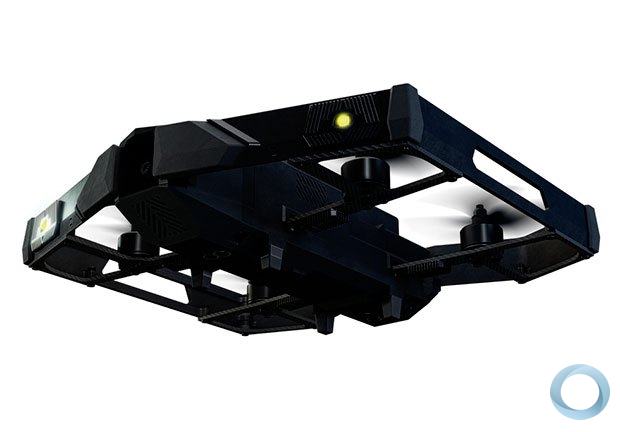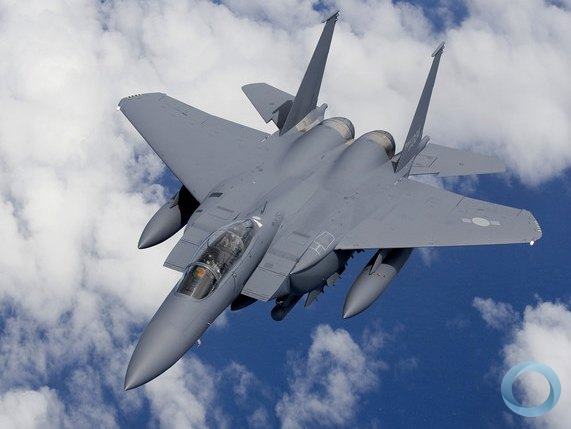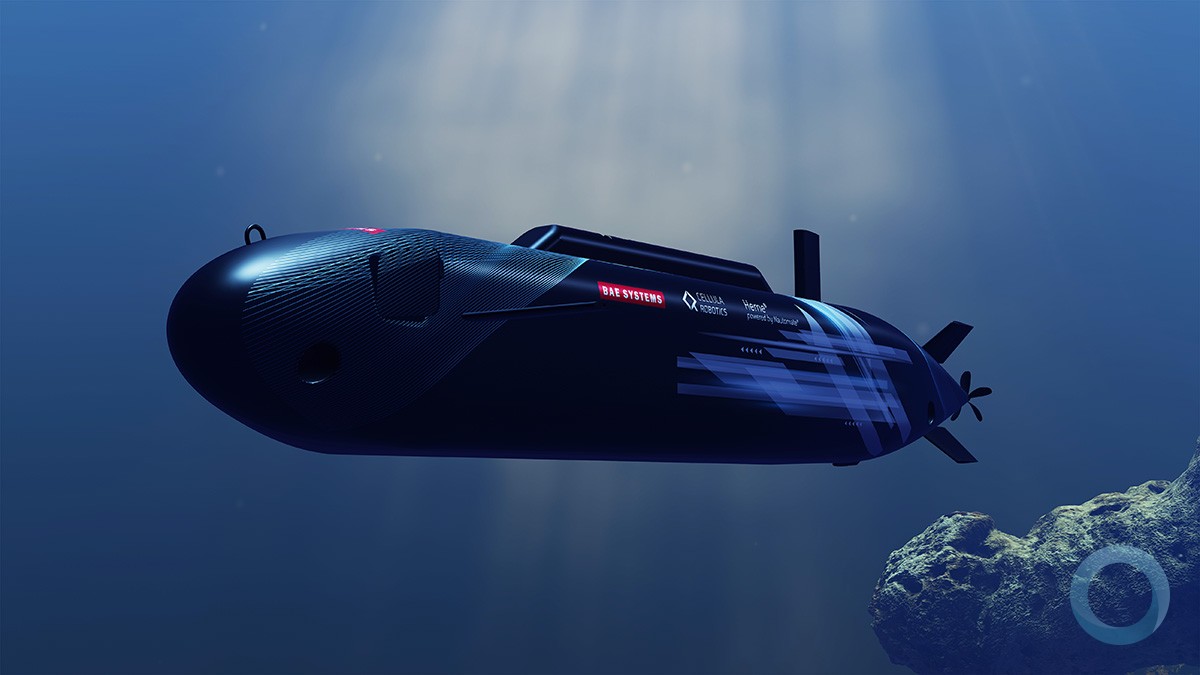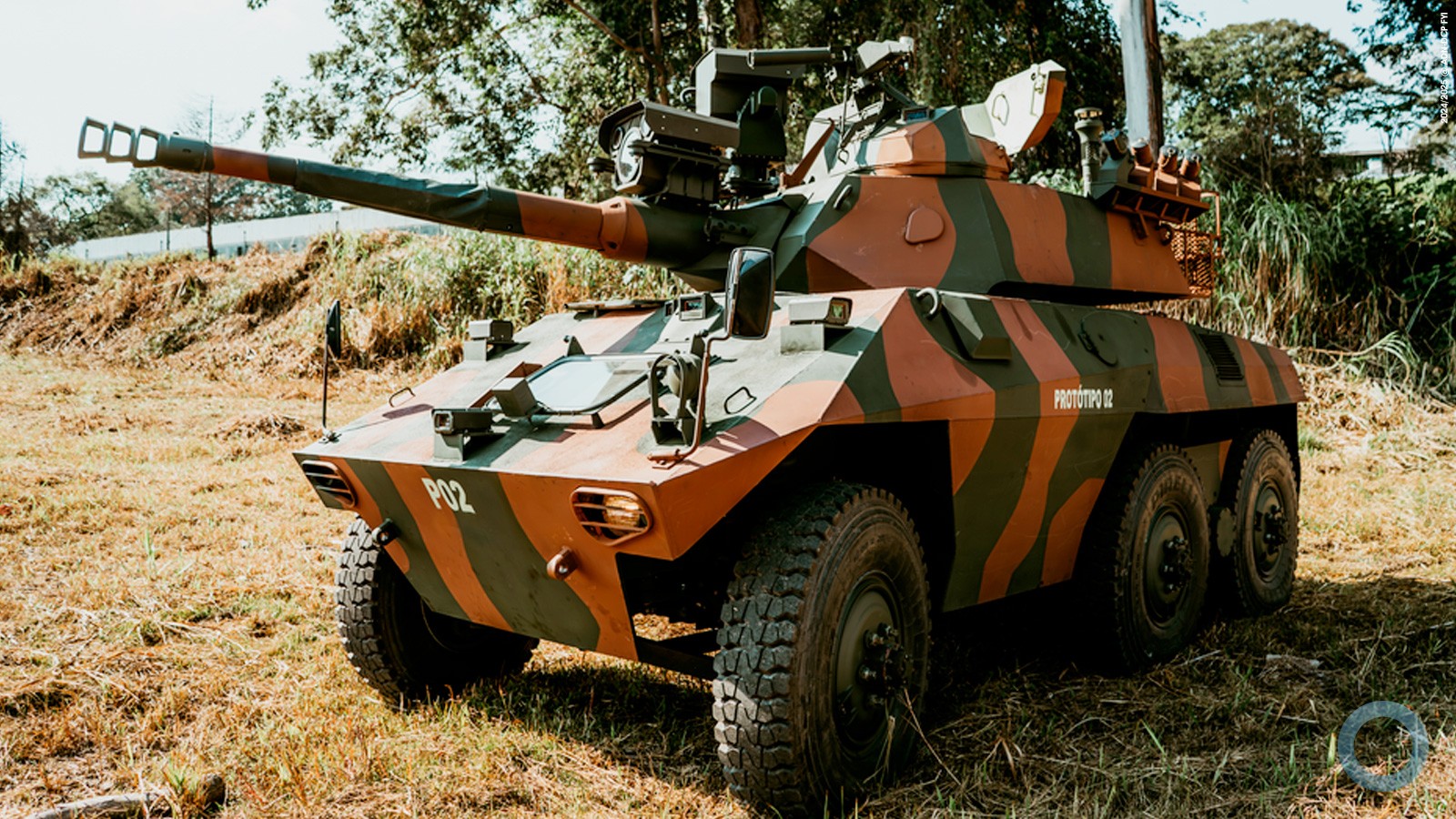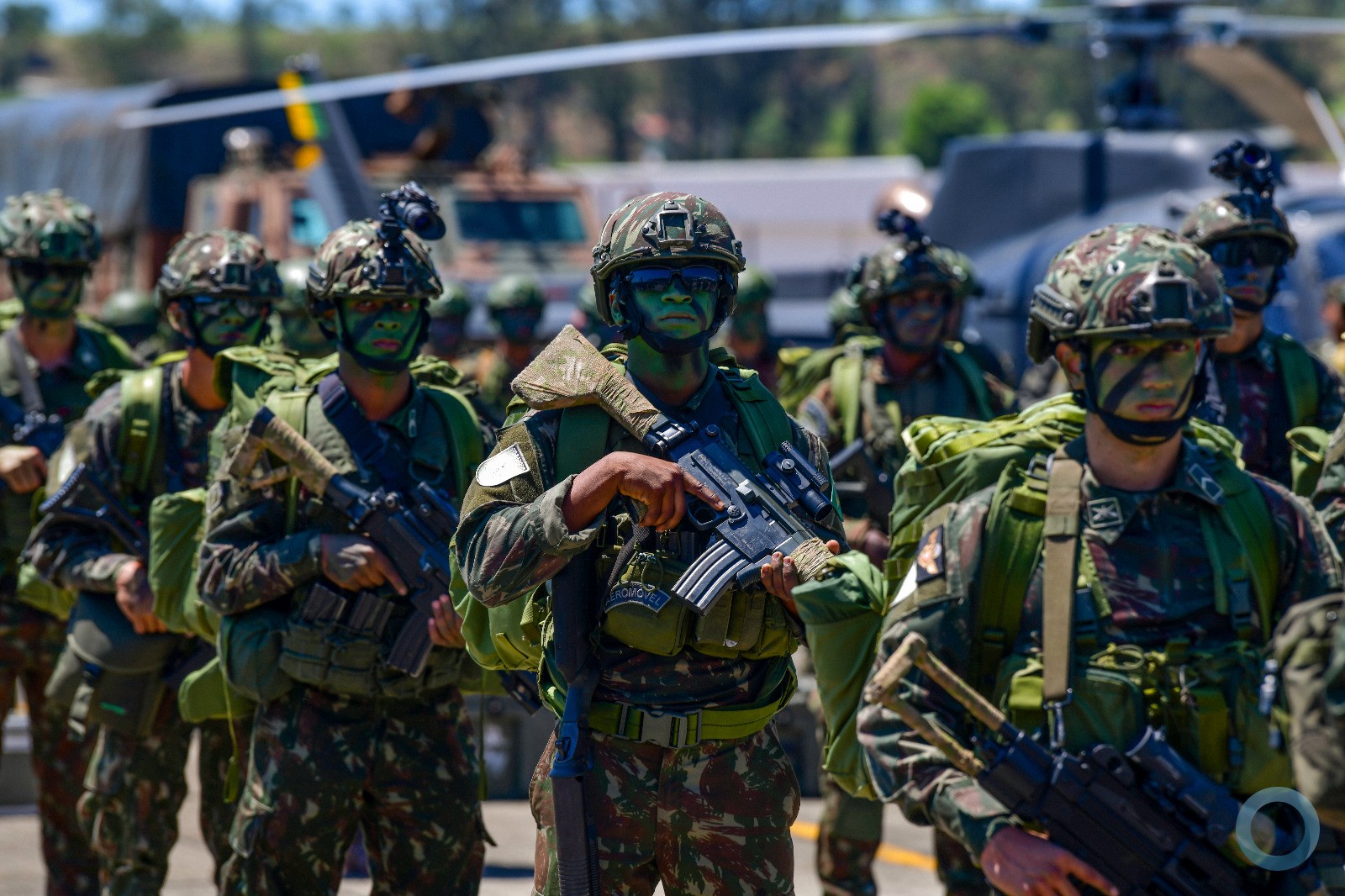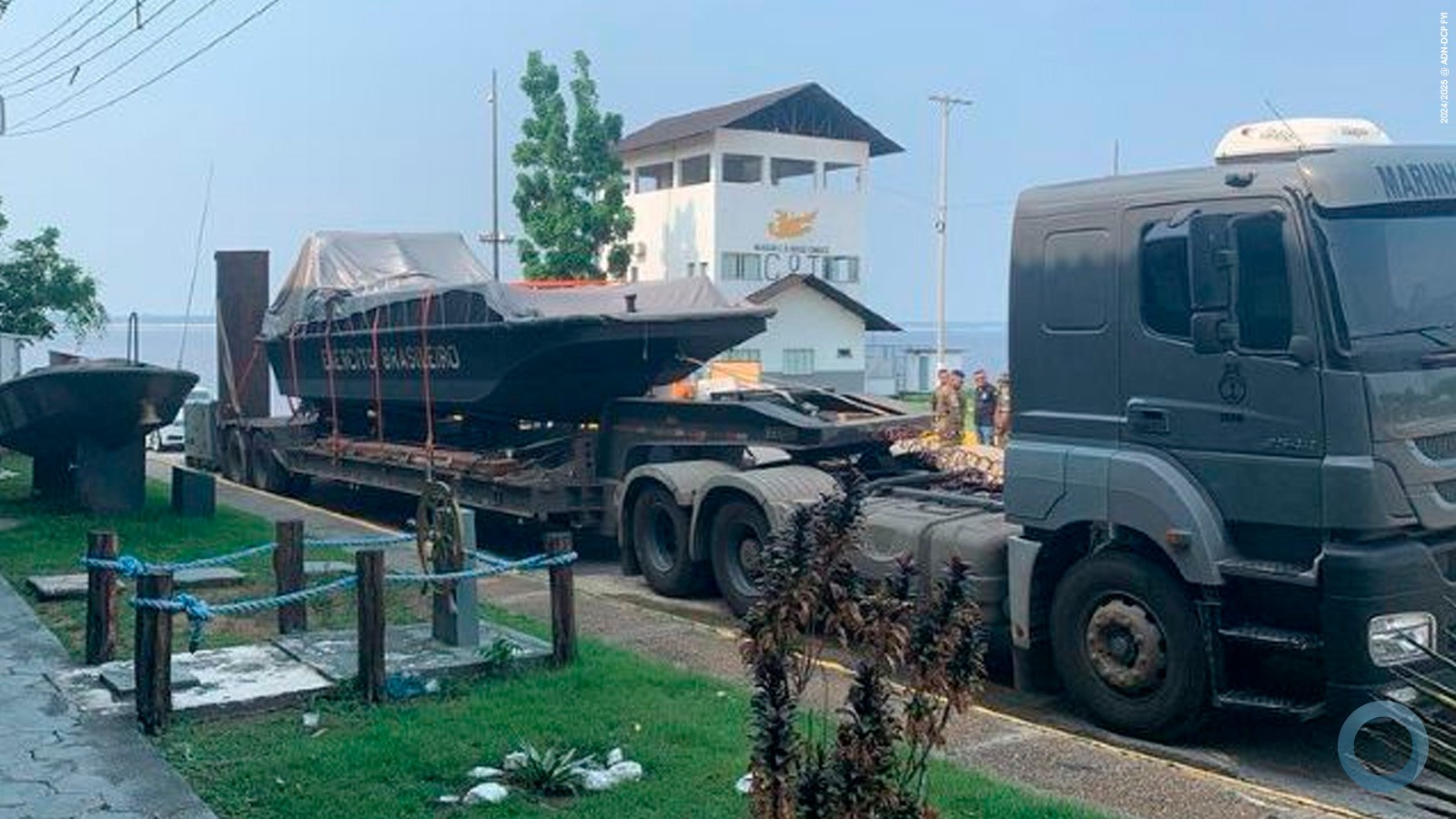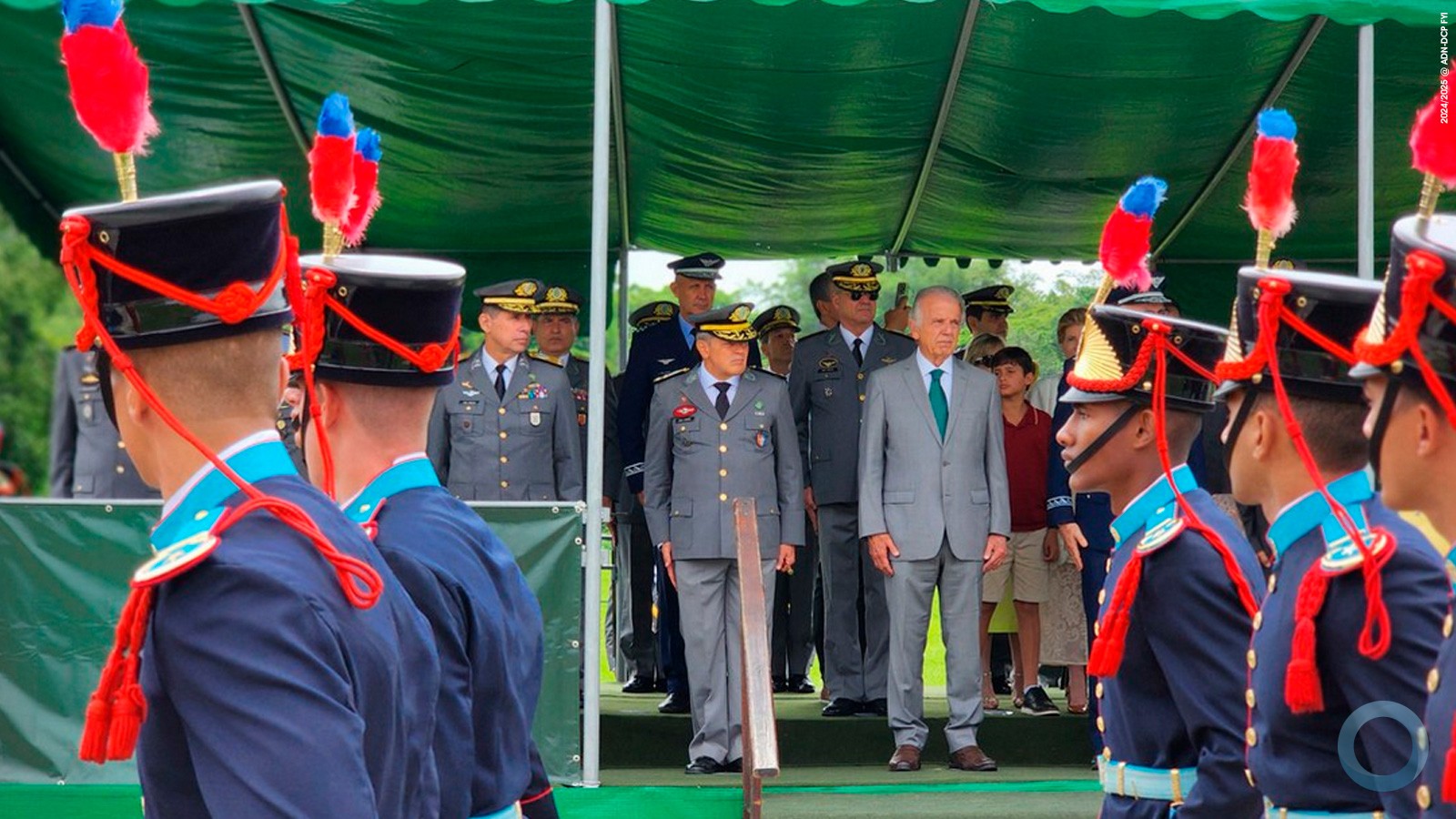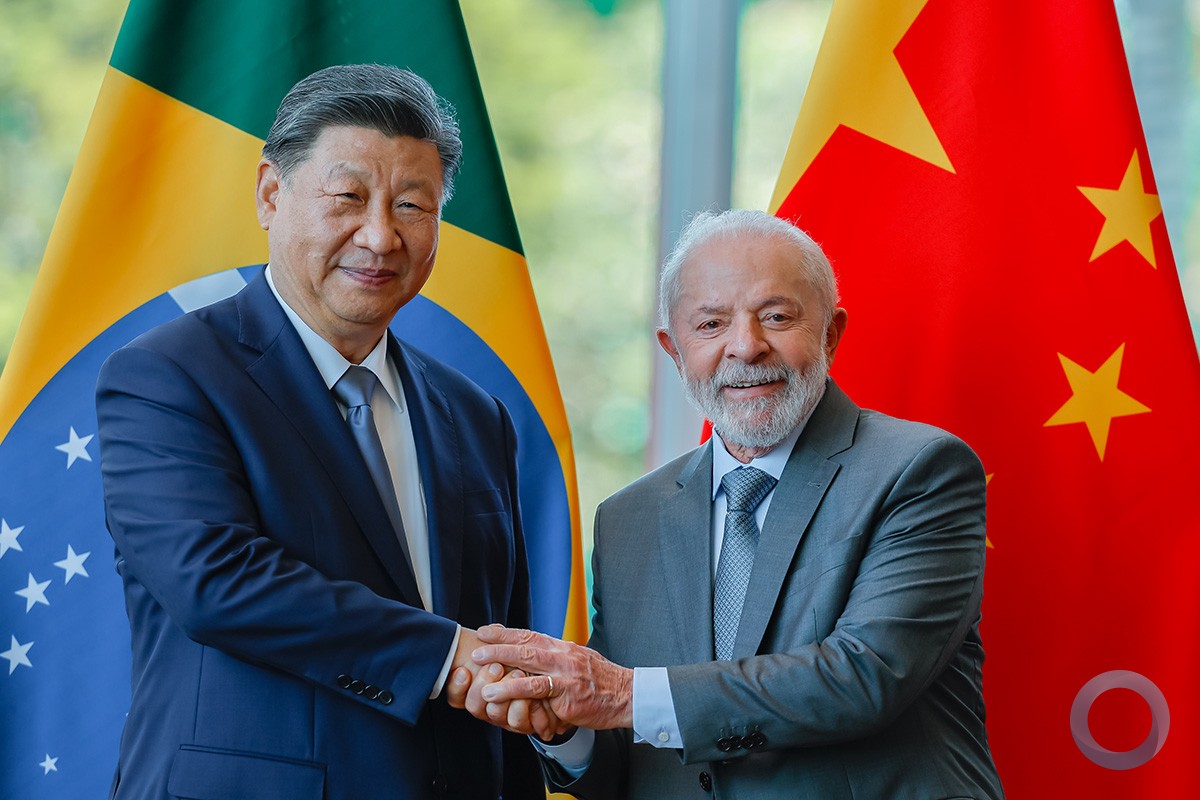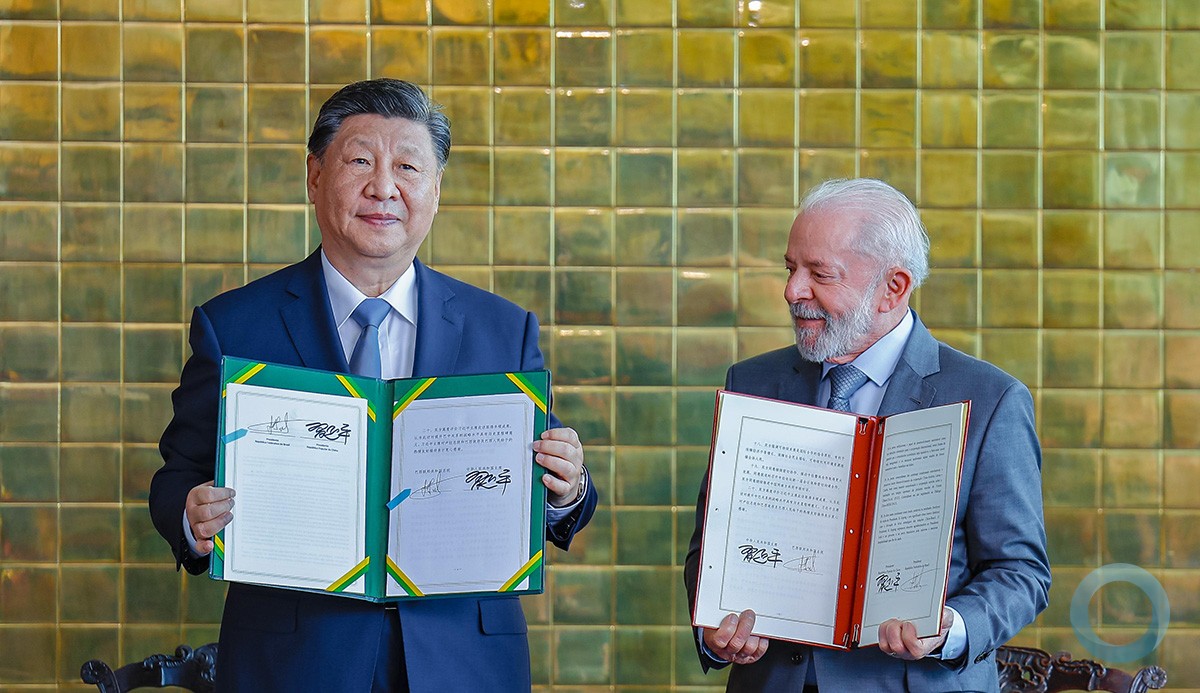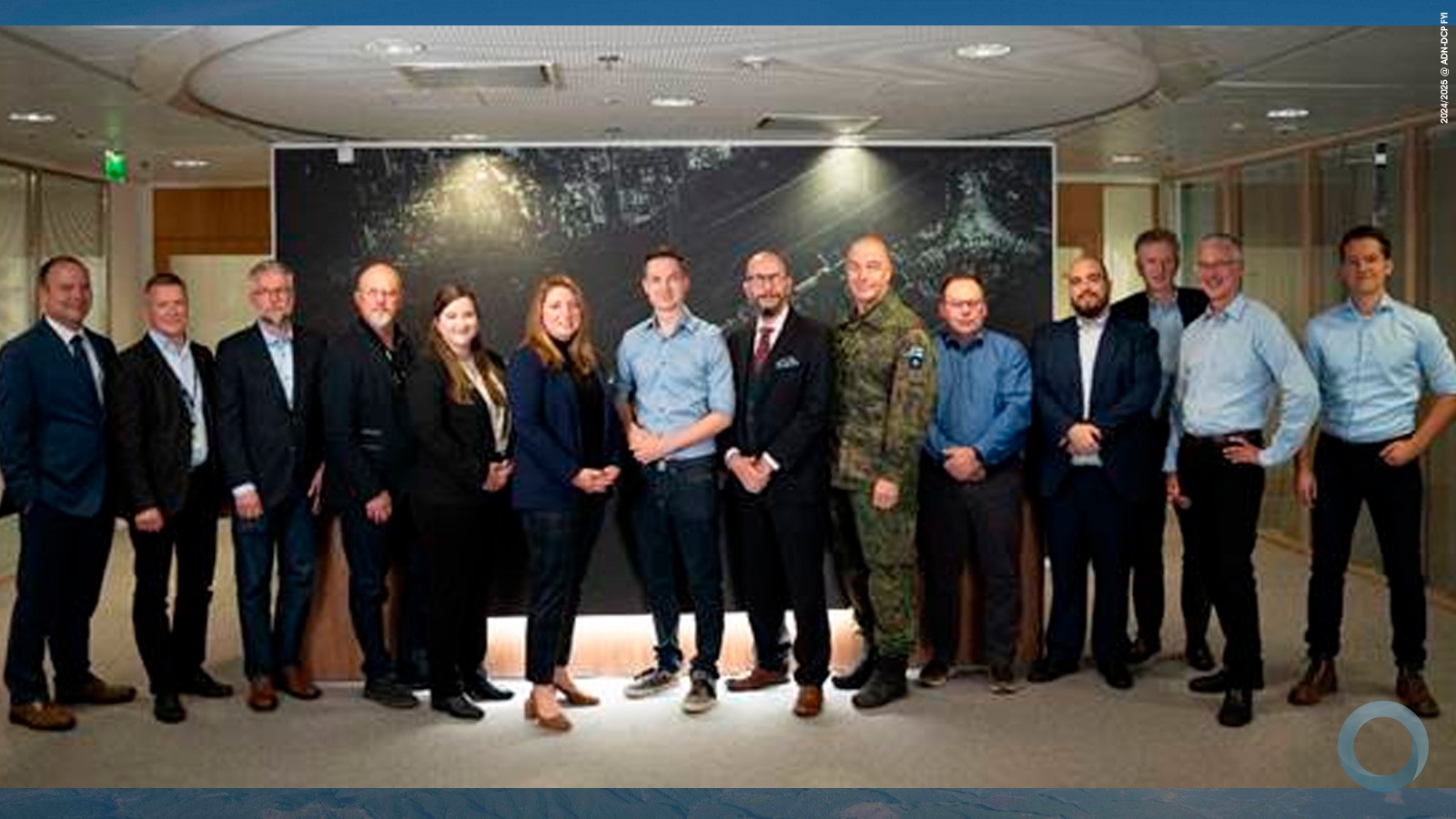Recently, the F-35 program reached 35,000 flight hours. Pilots from the United States, Australia, the U.K. and the Netherlands are in training. More than 140 aircraft are located at seven bases across the United States, and many more are scheduled to deliver in 2015. While the program gains momentum in the areas of flight test and pilot training, the production ramp-up rate, or ramp rate, will need to keep up.
Thirty-six aircraft were delivered in 2014, but that number is going to more than double over the next three years. Here’s what you should know about how the program got to where it is today and how the ramp-up in production will happen.
1. Program Managers Are Sure the Program Will Meet Commitments
“My level of confidence that we will meet the production ramp-up rates required of us over the next few years is 100%,” says Dr. Don Kinard, a Lockheed Martin Senior Fellow and Production Rate Transition Lead on the F-35 program whose day-to-day job involves integrating various aspects of F-35 production operations to support rate transition.
“We can build the airplane. We now know exactly how to put the airplane together, so there’s not much else to learn there. We’ve essentially got it down, all we need to do is continue to improve quality, and build it faster and for less cost as we transition to rate,” explains Don.
To put it in perspective, the first production jet produced in 2011 took 153,000 hours to build. Recent deliveries are meeting the 50,000 hour mark, proving that the team has refined the production process significantly.
The tasks ahead now is adding duplicate tooling and capital, hire more mechanics and production supervision, strengthen the supply chain to provide the proper materials, continue to improve quality and implement initiatives to drive down the cost of the airplane. And the team is confident that they can do all of these things. Here are some of the ways they’ll achieve their goals.
2. Affordability and Meeting Cost Commitments Are a Priority
“We typically organize ourselves around the four Ms of manufacturing, which are manpower, materials, machines and methods, and we’ve added in an extra focus area of affordability” explains Kinard.
The cost of the F-35 has been consistently reduced over the years, with more than a 57 percent reduction in touch labor costs since the first Production contract.
Last year, an initiative called the Blueprint for Affordability was launched. This program funds ideas from customers, partners, suppliers and employees that can save time, money or resources.
Additionally, the Lockheed Martin Production Operations team launched an initiative called Performance Management Teams, or PMTs.
“PMT’s throughout the F-35 Program are taking on projects concerning safety, quality, cost, delivery, and people based off of ideas brought up from the represented workforce,” explains Kelly Lloyd, a PMT team lead. “With hundreds of action items being worked across the various teams, the mechanics are the focus point of idea generation and brainstorming potential solutions to current constraints or issues our build teams are facing.”
The teams are actively engaged in the workforce, creating an avenue for employees to have their voice heard by sharing suggestions to improve their work processes, to be involved in how decisions are made and directly impact the success of their team in a collaborative and open environment.
3. Concurrently Producing and Testing a Fighter to This Extent Has Never Been Done Before
On every fighter program in history, the process typically follows a pattern: produce development aircraft, test development aircraft, produce production aircraft, use production aircraft to train pilots, and improve production aircraft by what is learned on testing the development aircraft.
However, with the F-35 program, the whole game was changed when the U.S. government and its partners decided that the F-35 would be what is called a “concurrent” program. This means that while the jets that will be delivered to the customer are on the production line, their counterparts are simultaneously going through testing, where engineers and pilots are discovering improvements that can be made. While historical aircraft programs were concurrent to some extent, the F-35 program was more so than any other before it.
In 2011, the Office of the Secretary of Defense put together an independent manufacturing review team that determined, based on several factors, the rate at which the F-35 should be produced. Other programs such as F-16, F-18, and F-15 have met ramp rates even more aggressive than the F-35’s plan; but what sets the F-35 apart is the time allowed for maturation of the program with concurrency.
In 2017, the flight test program will be complete, ending the era of concurrency and allowing the production ramp to skyrocket even further.
4. Our International Partners are Major Contributors
Every F-35 that has been produced and will ever be produced will contain parts from partners and suppliers around the world.
“We rely heavily on our suppliers around the globe to deliver everything from major components down to nuts and bolts that are required to produce this airplane,” explains Tony Scarazzo, director of Global Supply Chain Partners for the F-35 program.
Just to name a few, the F-35’s suppliers include Fokker, a Dutch company that produces flaperons and outboard leading edge flap; Kongsberg, a Norwegian company that produces rudders and vertical tail leading edges; and Terma, who at the Paris Air Show announced a continued partnership with Lockheed Martin to produce horizontal tail leading and inboard edges.
Last year, the first vertical tails from Australia supplier Marand were installed on an F-35A, and the first center fuselage from Turkish Aerospace Industries in Ankara, Turkey, was installed on an F-35A in late 2014.
Additionally, Italy and Japan have invested in the program by building in-country Final Assembly and Check Out (FACO) facilities. Earlier this year, history was made when the first F-35A to be produced outside of the Fort Worth factory rolled out of the Cameri, Italy. The FACO facility in Nagoya, Japan, is under construction, with its first delivery expected in 2017.
Looking to the Future
“It takes a team of highly skilled and passionate men and women around the world to build this airplane,” summarizes Kinard.
“But the main reason I know we will achieve success is that we believe in the technology we’ve developed, but more importantly, we believe the people who work for us and our suppliers and partners, who, if given the proper support can and will meet the commitments we have to our customers.”












